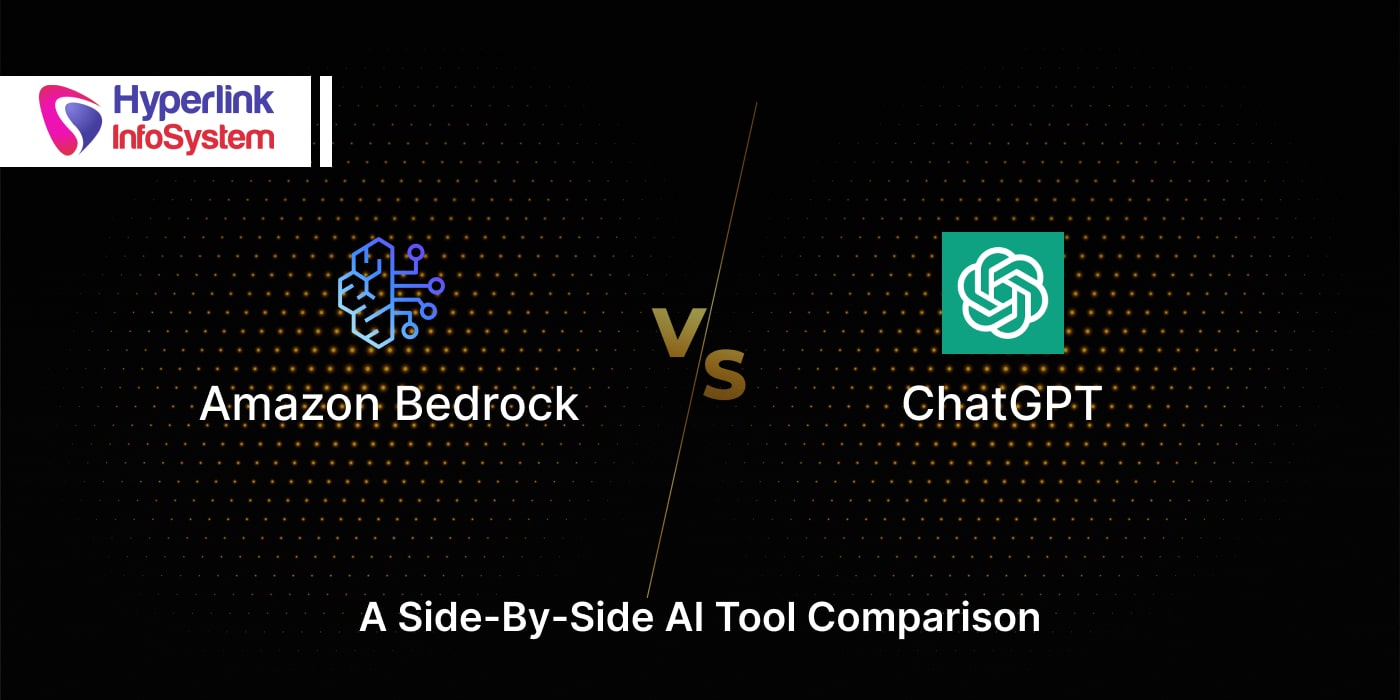What is Regression Testing? Importance, Advantages & Best Practices
Jan 2024

- What Is Regression Testing?
- Importance of Regression Testing
- Types Of Regression Testing
- Top Regression Testing Tools
- Advantages Of Regression Testing
- Disadvantages Of Regression Testing
- Challenges in Regression Testing
- Best Practices for Regression Testing
- Conclusion
- FAQs
What Is Regression Testing?
Importance of Regression Testing
- Avoids User Frustration: Imagine the havoc that could happen if your app's checkout suddenly started to malfunction. Regression testing helps you avoid such damaging and chaotic situations.
- Retains Software Quality: By frequently detecting and fixing regressions, you keep your software clean, clear, and polished, which leads to an enriched brand image along with satisfied users.
- Boasts Confidence in Developers: Regression testing allows you to catch bugs pretty early in the game, and allows your developers to push code fixings with better confidence, while also leading to quicker development cycles.
- Reduces Costing: Fixing any kind of regressions in the development cycle is way more expensive than detecting and fixing them early with testing.
Types of Regression Testing
1) Test Selection
2) Prioritizing Test Cases
3) Complete Re-test
4) Corrective Regression Testing
5) Progressive Regression Testing
6) Hybrid
7) Selective Regression Testing
8) Partial Regression Testing
Top Regression Testing Tools
1) Selenium
2) TestSigma
3) Katalon Studio
4) Apache JMeter
Advantages Of Regression Testing
- Detecting bugs: It accurately helps in recognizing and catching new bugs, errors, new feature upgrades, updates, or code changes. This also helps in maintaining software quality.
- Cost-effective: Since regression testing helps you identify and fix issues early, it helps you reduce the cost and manual labor efforts that come with debugging and resolving errors that appear later in the development cycle.
- CI/CD Support: Whenever there are code changes during automatic testing, regression testing easily integrates into the Continuous Integration/Continuous Deployment pipelines. Apart from early error detection in the development process, it also affirms continuous software validation.
- Efficiency via Automation: Since automation tools make regression testing easy and efficient, it allows a quick and repetitive test execution. Not only does it save you time and resources, but it also helps you with frequent code changes in bigger, and complex applications.
- Guaranteed Stability: Regression testing ensures stability and security in the existing functionalities of your app. This ensures the proper functioning of working features, reestablishes user confidence, and avoids any inevitable issues due to broken components.
Disadvantages Of Regression Testing
- Mismanagement of Time & Resources: Regression testing needs to be conducted even if the changes are minor, and if executed manually can be a time-consuming and resource-intensive task. Especially if you plan to run numerous test cases in complex systems.
- Setup: Curating a replica to establish the ideal test environment setup can be a daunting task. When working with software testing discrepancies in environments can lead to inaccurate test results.
- Automation Difficulties: Without proficient resources and constant effort, executing and sustaining automated regression tests can be complex. You need accurate guidance otherwise automation plays to your disadvantage.
- Test Case Errors: From selection to maintenance, regression test cases require constant monitoring. Whether it's constant updates or functionality changes, an inaccurate selection of cases makes maintenance challenging as well as increases the risk of overlooking anything critical.
- Incompletion: Any changes affect a wide range of modules and functionalities within the software, hence, making it challenging to achieve complete test coverage. Sometimes, regression testing generates false positives which is again a red flag.
Challenges in Regression Testing
- Finding a symmetry between the minimization of the test suites and confirming maximum test coverage is an excruciating challenge.
- Test suites automatically start growing as soon as regression testing progresses. Many a time, software testing companies face time and budget constraints, which again initiates difficulty in executing the whole test suite.
- Another recurring challenge in regression testing is the determination of frequencies. After every adjustment, modification, bug fixings, or build update, without careful planning can cause discrepancies in the original software module.
Best Practices for Regression Testing
1) Picking the Right Test Cases
2) Test Execution Automation
3) Test Data Management
4) Analysing & Improving
5) Learning
Conclusion
Frequently Asked Questions
These are some of the best practices for regression testing used by top software testing company. Choosing the right and critical test cases. Automate repetitive testings. Tracking and managing test data plus coverage. Validating fixes with rigorous retesting. Examining and reporting test results. Utilising test management tools. Maintaining test suites. Enhancing test processes periodically. Set a pass/fail benchmark. Add buffer time for maintenance.
The regression testing technique is a part of the software development life cycle. This software testing technique retests functional plus non-functional tests to ensure smooth software functioning. Whether it's code changes, feature upgrades, newer optimizations, improvements, revisions, or updates, regression testing techniques are built to cater to them effectively.
Some of the most prominently used types of regression testing are; 1) Selective regression testing 2) Progressive 3) Correction 4) Hybrid 5) Partial 6) Test case.
After your apps move into production, it's important that ensuing additions or changes are rigorously tested and the whole system is tested again to ensure a proper functional flow. This process is called the final regression testing when it comes to the software testing life cycle. It's a mandatory procedure that must be followed after every release.
Regression testing is aptly named after its core functionality i.e., not letting the software reach or regress to its previous state where the issues were present. This method of testing ensures that the newly added changes in code or bug fixes made in the current software do not break the existing functionalities or cause newer bugs.
Yes, regressing testing is a vital component when it comes to agile development. Software development with agile occurs in iterative cycles named sprints. Every sprint introduces newer changes, bug fixes, or additional enhancements, and regressive testing ensures these new issues do not affect the existing software negatively.
Latest Blogs

Is BlockChain Technology Worth The H ...
Unfolds The Revolutionary & Versatility Of Blockchain Technology ...


IoT Technology - A Future In Making ...
Everything You Need To Know About IoT Technology ...

Feel Free to Contact Us!
We would be happy to hear from you, please fill in the form below or mail us your requirements on info@hyperlinkinfosystem.com
Hyperlink InfoSystem Bring Transformation For Global Businesses
Starting from listening to your business problems to delivering accurate solutions; we make sure to follow industry-specific standards and combine them with our technical knowledge, development expertise, and extensive research.
4500+
Apps Developed
1200+
Developers
2200+
Websites Designed
140+
Games Developed
120+
AI & IoT Solutions
2700+
Happy Clients
120+
Salesforce Solutions

40+
Data Science


















